We may earn revenue from the products available on this page and participate in affiliate programs. Learn More ›
It’s nice to add some potted florals and greenery inside a home, but let’s face it, sometimes the houseplant we bring home from the nursery looks worse for wear under our care. While some plants are easy to maintain (think: pothos, snake plant, and peace lily), others require extensive and specific handling that leave you at your greenery’s beck and call.
For a vibrant indoor garden, scale back your expectations of certain houseplants that need more love and attention than you can regularly offer and stop bringing difficult plants into your home. If you are a novice gardener or seek low-maintenance houseplants, you may want to avoid these blooms and greens.
1. Azalea (Rhododendron Spp.)
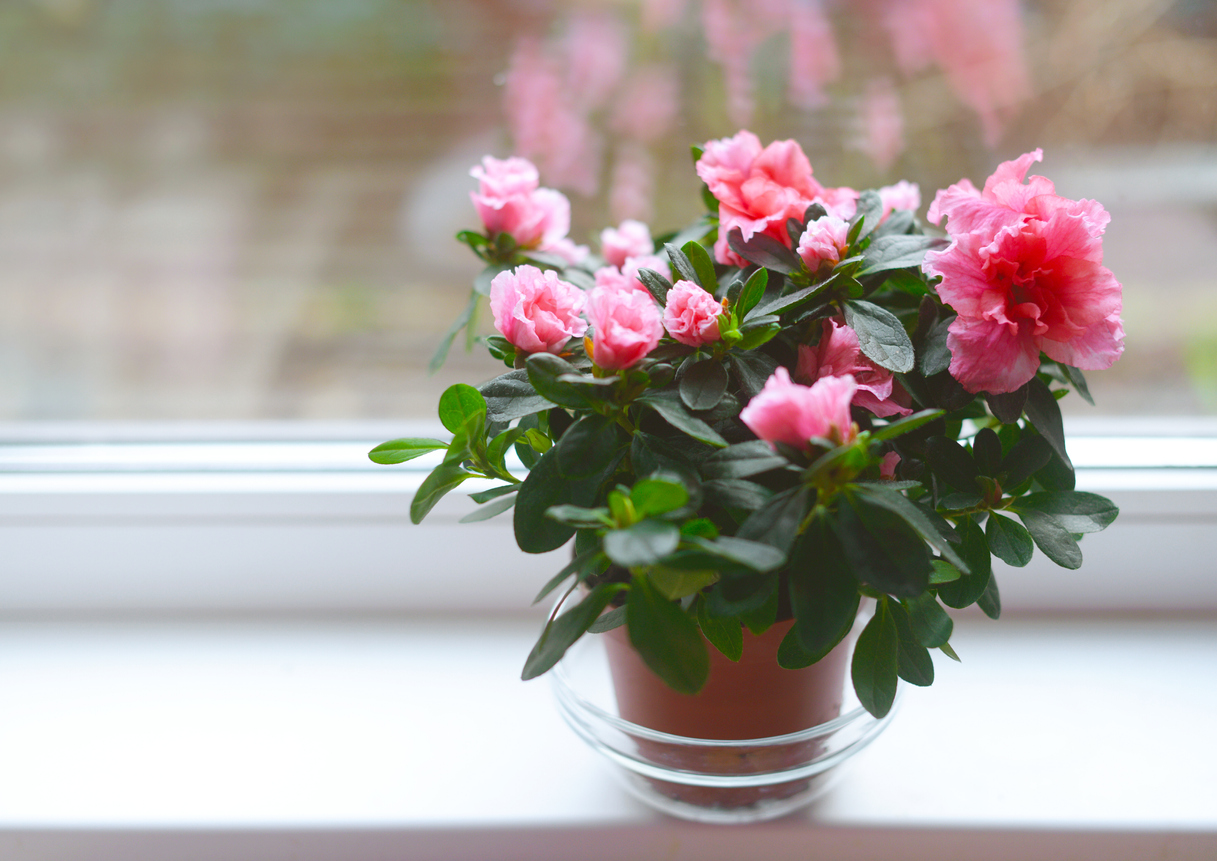
Planted outdoors, azalea explodes with vibrantly colorful blooms in a spring spectacle that makes the shrub a forever favorite. It’s only natural that plant lovers be tempted to try their luck at raising the flower indoors. Unless you take special care, however, the azalea love fest isn’t going to last long.
The first thing to know about indoor azaleas is that they like it cool and humid, a combination that can be tricky to create artificially. They also need slightly acidic soil, meaning that unless you repot it, vinegar must be added to all of the water you give the plant. Indoor azaleas require damp (but not soggy) soil, too. Do all of the above, and you can keep azalea going strong indoors. But getting it to bloom again next year? That’s another story.
RELATED: The 30 Best Gifts for Gardeners That They’ll Actually Use
2. Inch plant (Tradescantia zebrina)
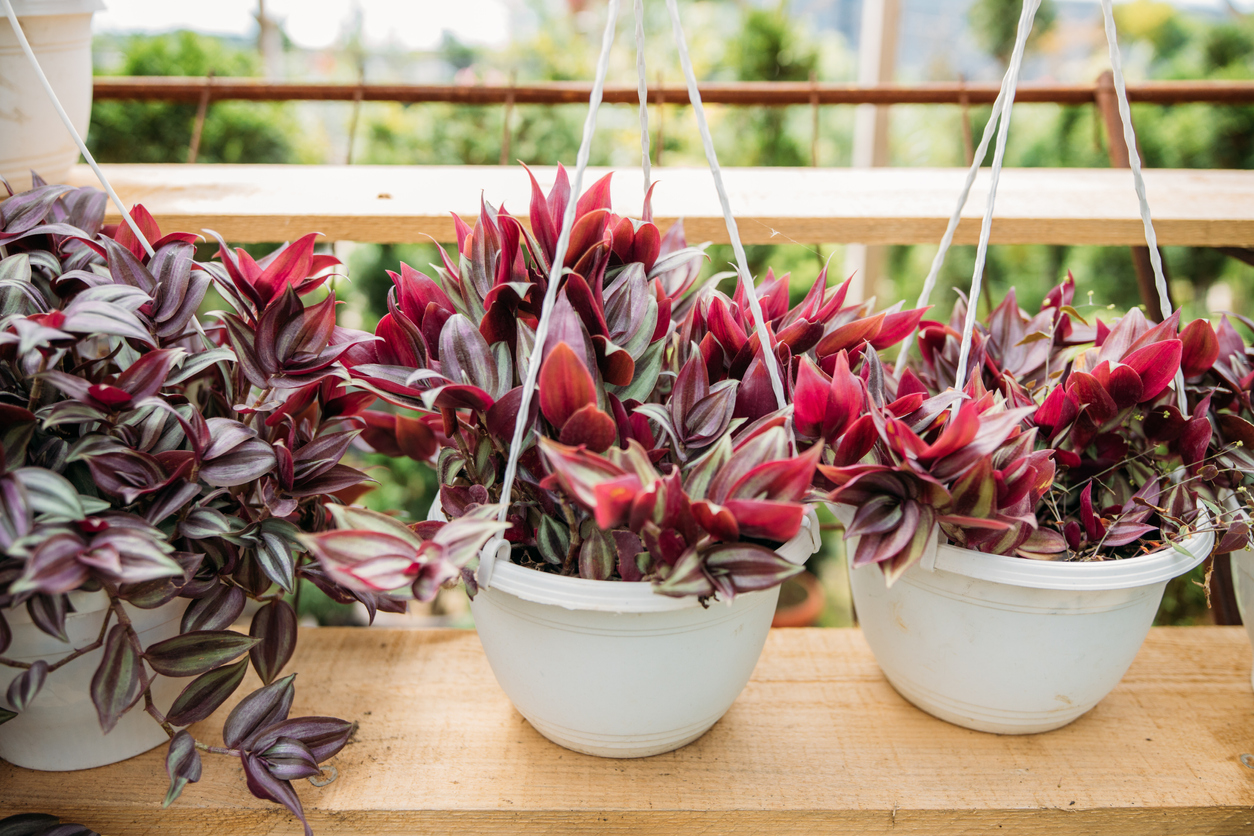
Its vining growth habit is both a gift and a curse for the inch plant. In a hanging basket, the distinctive, purple-and-silver-striped leaves gently cascade down, glistening in the light and looking beautiful. Over time, as the tendrils get longer and the leaves get fewer and farther in between, an inch plant begins to look sickly, even if it’s thriving.
There’s only one way to keep the plant looking its best: Pinch back the growing tips, and do that over and over to keep pace with a plant whose growth rate means that it can be an invasive species outdoors. The good news is that, beyond its unusually demanding grooming requirements, an inch plant doesn’t need any other out-of-the-ordinary care. Phew!
3. Boston Fern (Nephrolepis exaltata)

This lush, leafy plant can give your home serious jungle vibes as long as you can successfully imitate the growing conditions of its original home, the tropical and subtropical rainforests. Without warmer temperatures, high humidity, and lots of filtered light, a sad fern will shed its leaves. If you’re up to the challenge, there are ways to satisfy the Boston fern’s needs without sacrificing your own comfort.
First, set your fern by an east- or west-facing window that receives plenty of indirect sunlight. If you can, choose a location near a heat vent that can be closed and opened. The plant grows in a moderate 65 to 75 degrees Fahrenheit during the day, but a 10-degree temperature dip in the evening prevents fungus growth. Run a humidifier nearby to keep the air around the fern from drying out will also help it, especially in winter.
RELATED: The 26 Best Plants for Bathroom Decor
4. Miniature Roses (Rosa chinensis minima)
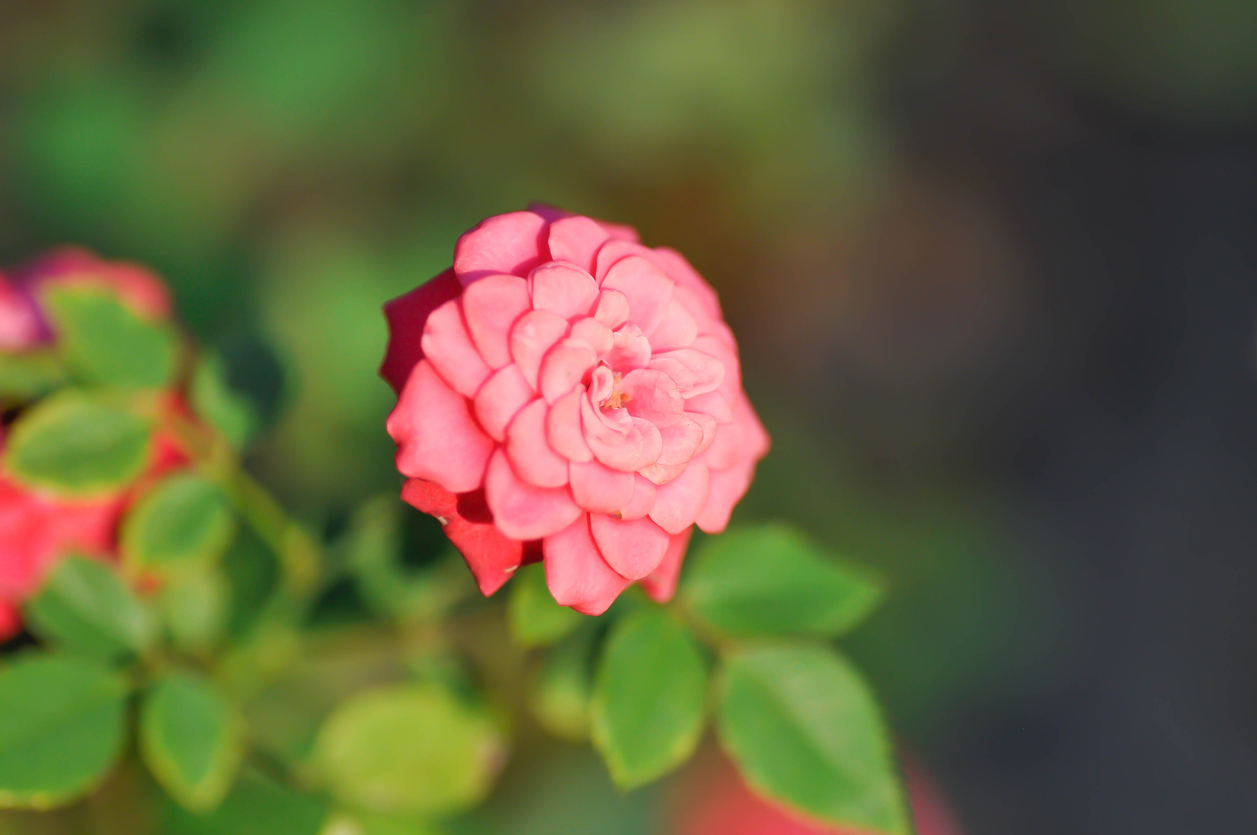
If these precious blooms won’t seem to last more than a week indoors, that’s actually because they aren’t meant to. Even if they are packaged in a pot, miniature roses typically need to be moved outdoors within 2 weeks in order to thrive. Replicating outdoor growing conditions for this high-maintenance “house plant” would require a small army of appliances: a grow light to provide 5+ hours of direct sunlight every day, a humidifier to keep the air moist while the roots remain dry enough to ward off rot, and a miniature fan to create adequate air circulation.
If you put this home rose-growing setup together and your efforts pay off, you’ll then want to feed the roses slow-release or water-soluble fertilizer during the spring and summer growing seasons. When you’re ready to acclimate the plant to the outdoors, leave the pot outside for a week so it can get used to its new environmental conditions. At that point, you can transplant it, watch it take root and grow quickly to full size.
5. Orchid (Orchidaceae)
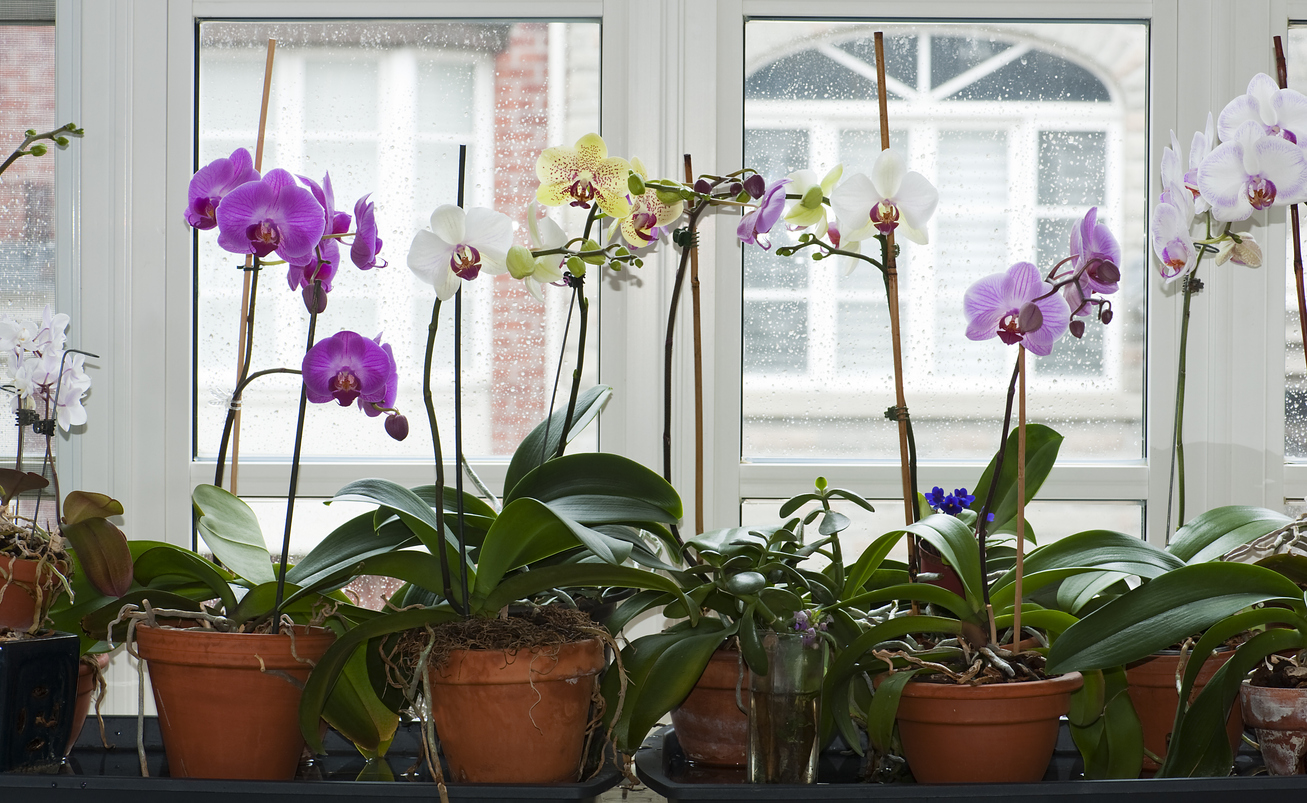
Characterized by their colorful blooms and slender stems, orchids have a reputation for being difficult to grow, largely because many folks who own them just don’t know how to care for orchids. The tropical plants have very specific needs—namely, bright indirect sunlight, orchid-specific soil, and a sparse watering schedule.
Position orchids in a window that faces north or east, since west- and south-facing windows are too hot and bright in the afternoon. You can gauge the effect of light on the orchid by looking at its leaves: Red-blushed leaves mean too much sun, dark green leaves mean too little sun, and light green leaves indicate a healthy plant. Water orchids about once a week, and remove standing water from the drip tray to prevent the roots from becoming waterlogged.
RELATED: 17 Drought-Tolerant Plants That Can Survive Dry Spells
6. Zebra Plant (Aphelandra squarrosa)
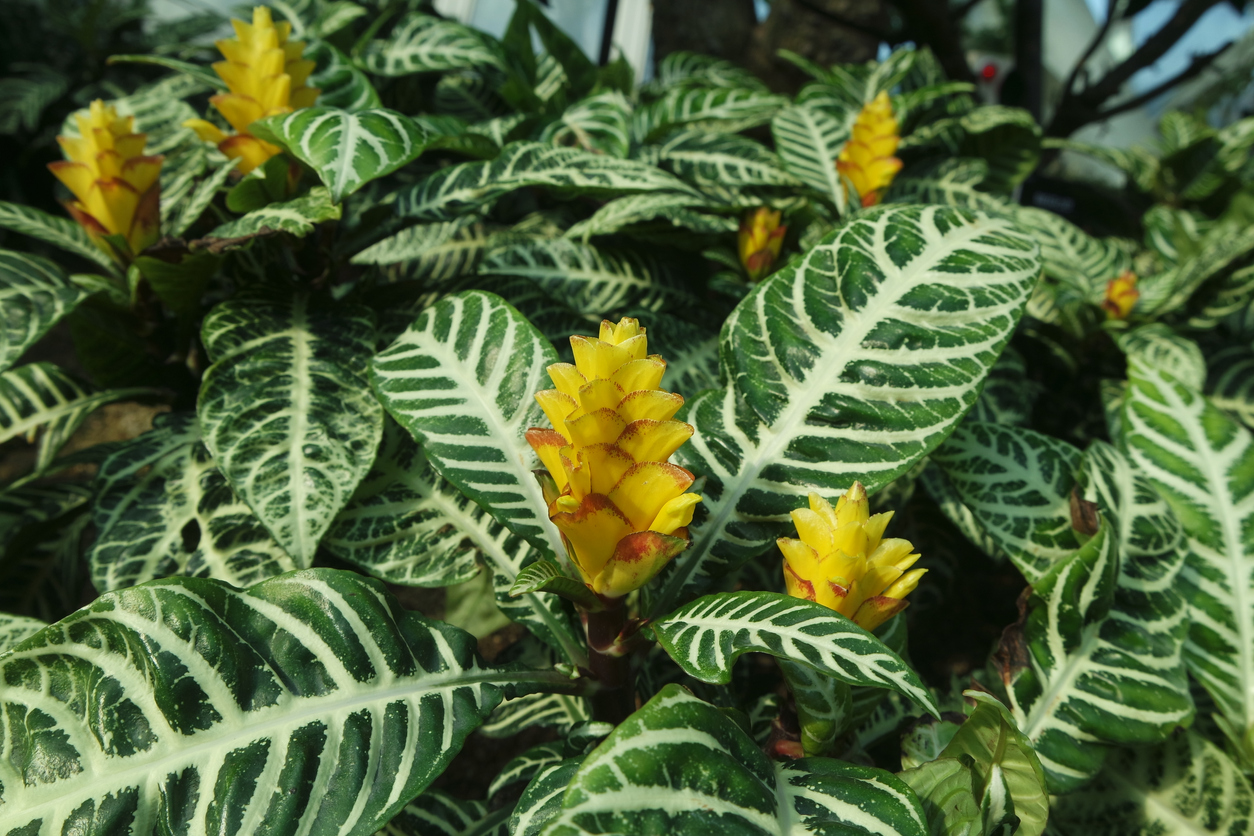
Many plant enthusiasts admire zebra plants for their glossy white-veined leaves, golden flower bracts, and yellow blooms, but the showy houseplants require tediously specific growing conditions. Those caring for a zebra plant should keep their house around 70 degrees Fahrenheit year round, and position the plant near a brightly lit window that receives no direct sunlight.
Zebra plants thrive in 60 to 70 percent humidity, which means you’ll likely need to get a humidity tray for it. Additionally, since zebra plants demand consistently moist soil, the plant should be watered whenever the soil begins to dry.
7. Banana Plant (Musa spp.)

A banana plant’s large leaves make it an attractive choice for decor, but it’s a fussy green to maintain. The perennial houseplant, which is often erroneously referred to as a tree, requires tropical conditions to survive. To keep your banana plant happy, put it near a window that receives 12 hours of direct light daily. Maintain a constant, warm temperature in the room (don’t keep the room too hot, or the leaves will scorch).
This rainforest plant also needs a lot of water: a generous portion once a week to every 2 days (leaves will begin to wilt when the plant needs a drink). A few inches of mulch layered on top of the soil will help lock in moisture and keep the plant hydrated. Because banana plants have a more extensive root system than many other houseplants, it does best in a deep pot. Be prepared to repot it when it becomes pot-bound, but don’t upgrade it to a larger container too quickly—the plant flourishes when its roots are a little tight in the pot.
Finally, don’t expect your banana plant to bear fruit. That requires 10 to 15 months of uninterrupted growth to flower, and another 4 to 8 months for fruit to mature.
RELATED: 25 Easy-Care Plants That Survive With or Without You
8. Gardenia (Gardenia jasminoides)
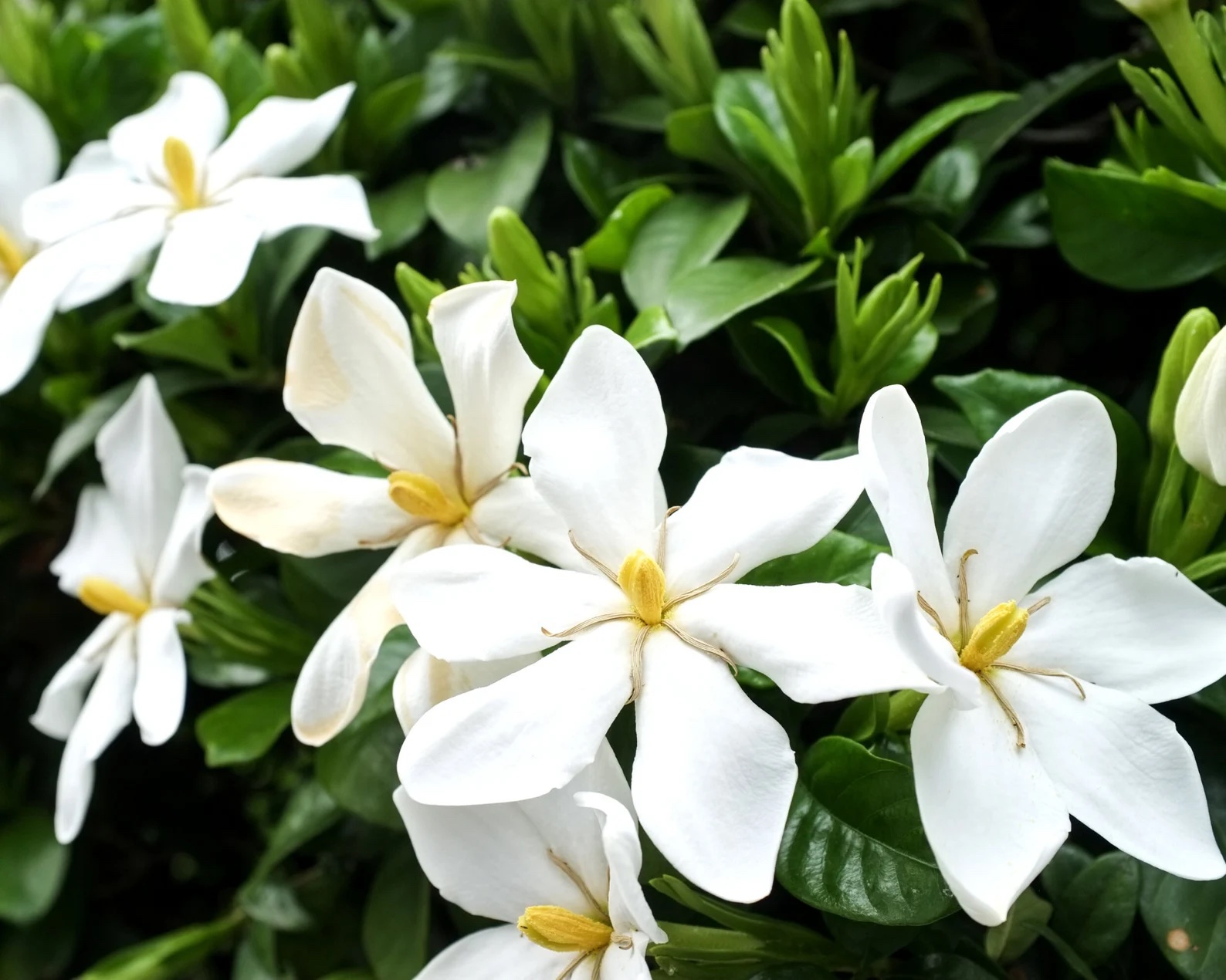
The delicate and fragrant gardenia is a beautiful plant, but it requires a little coddling if you want to keep it happy indoors. Before you bring a gardenia into your house, have a clear idea of where you want to put it because it does not respond well to being moved around. Your chosen location should receive plenty of sunlight and be situated far from a heating vent that would expose the gardenia to drafts of hot air, which can kill it.
Because gardenias are prone to being infested by pests, keep an eye out for aphids, mealybugs, whiteflies, root nematodes, scale bugs, and spider mites. If you see signs of pests, act quickly to get rid of them. Make sure to feed it a fertilizer that’s specifically for gardenias, too.
9. Fiddle-Leaf Fig Tree (Ficus iyrata)
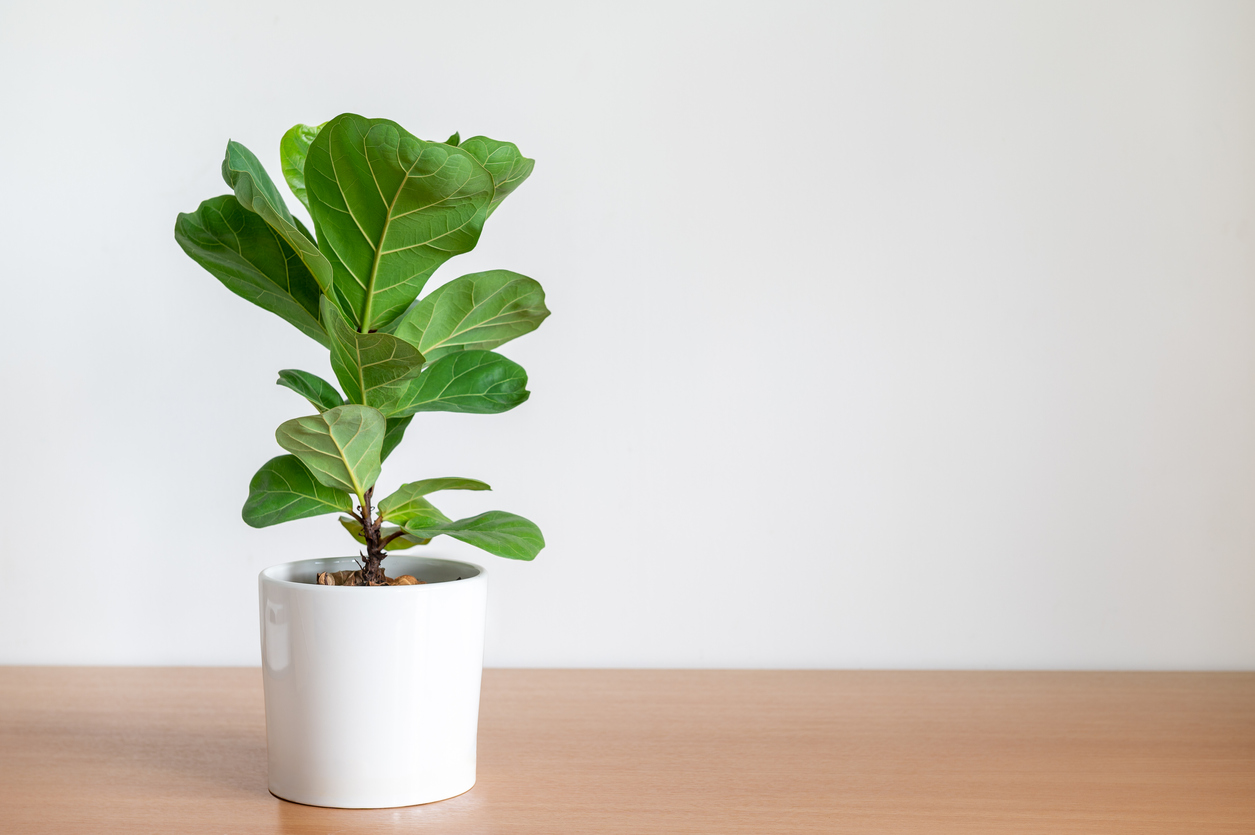
All the rage in design circles these past few years, the fiddle leaf fig, which is actually a ficus, is beloved for its unusual silhouette. Despite its rise in popularity, the plant is surprisingly finicky and difficult to keep alive. Too much sun, and the leaves will brown and wither. Too little sun, and the plant will fail to thrive. Thinking about moving it to the other side of the room? Think again. The fiddle leaf fig adapts poorly to changes in its environment.
To keep a fiddle leaf fig alive, water it only when the top 2 inches of soil are dry, keep the ambient temperature between 65 and 75 degrees Fahrenheit, and dilute 3-1-2 liquid fertilizer every month during its growing season. For more helpful gardening tips, check out our guide on fiddle leaf fig care.
RELATED: 19 Plants You Should Never Grow in Your Yard
10. Cheese Plant (Monstera deliciosa)
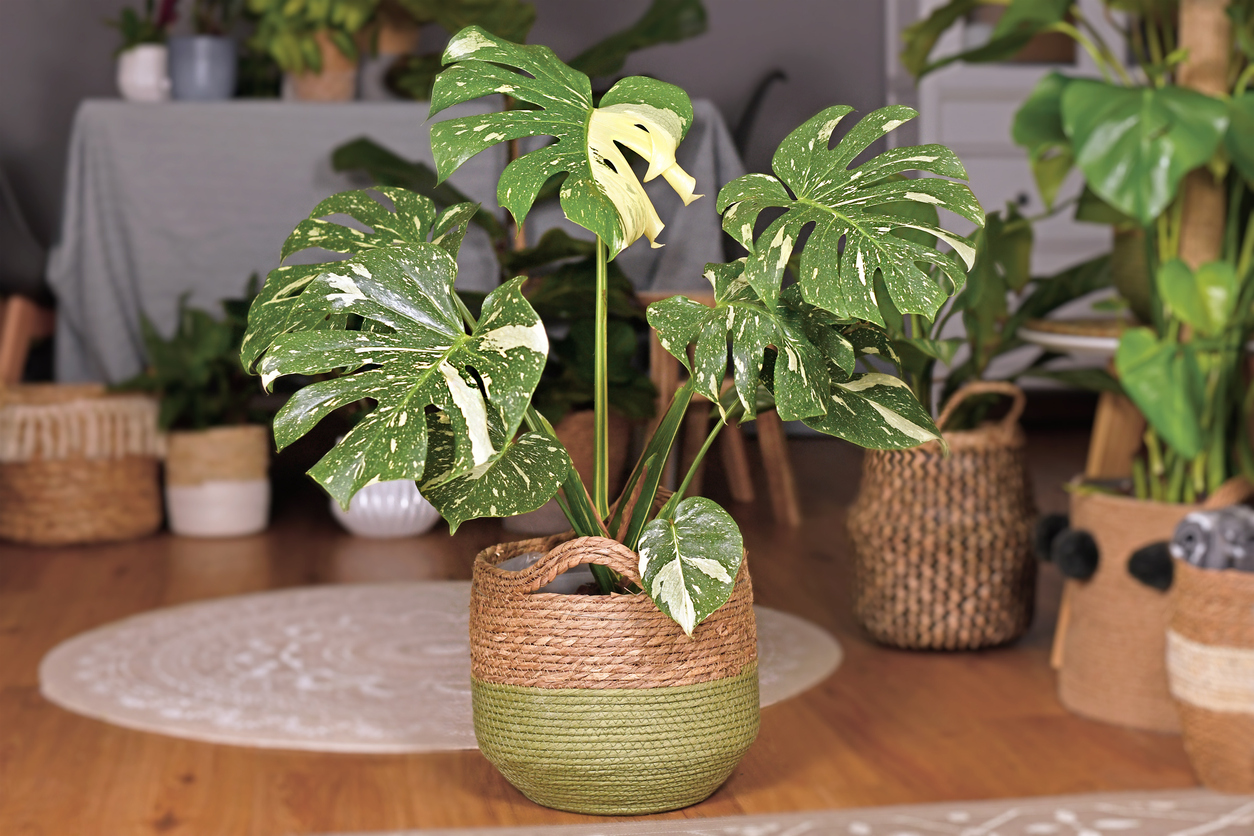
Monstera deliciosa, colloquially known as the cheese plant, is a popular plant for the adventurous indoor gardener. Although some sources claim this tropical plant is easy to grow, the truth is that one must do quite a lot to keep it lush and flourishing. The iconic holes in this plant’s leaves will not form on new leaves if the plant receives too much sun.
The savvy gardener must experiment to find the perfect spot in the house to grow temperamental monstera. Here’s another weird care fact about cheese plant: Experts recommend you wash its leaves every week or two, but because the leaves can cause irritation to skin you may want to wear gloves while giving it a bath.
11. African Mask (Alocasia amazonica)
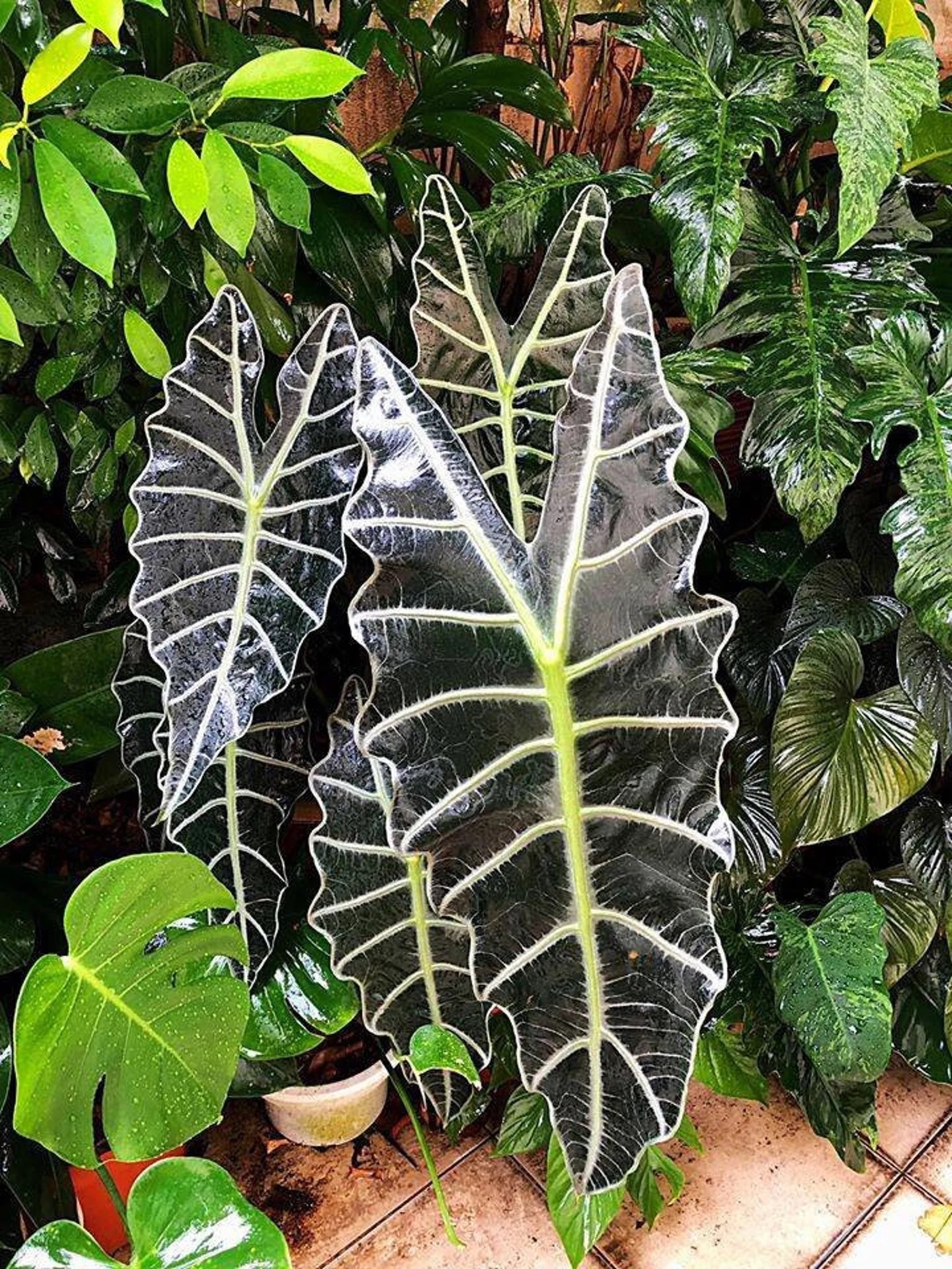
The leaves on the beautiful African Mask are stunning, but it takes a lot of care to keep them looking their best—otherwise their best feature becomes their worst. Though it may sound contradictory, this plant requires high humidity but only moderate watering.
Home gardeners need to strike a careful moisture balance to make sure this houseplant remains happy. When its needs aren’t met, the African Mask shows its displeasure with crispy or brown leaves. Alocasia amazonica needs bright indirect light, but too much of it causes the leaves to burn.
RELATED: What Is “Bright, Indirect Light,” Anyway?
12. Goldfish Plant (Columnea nematanthus)
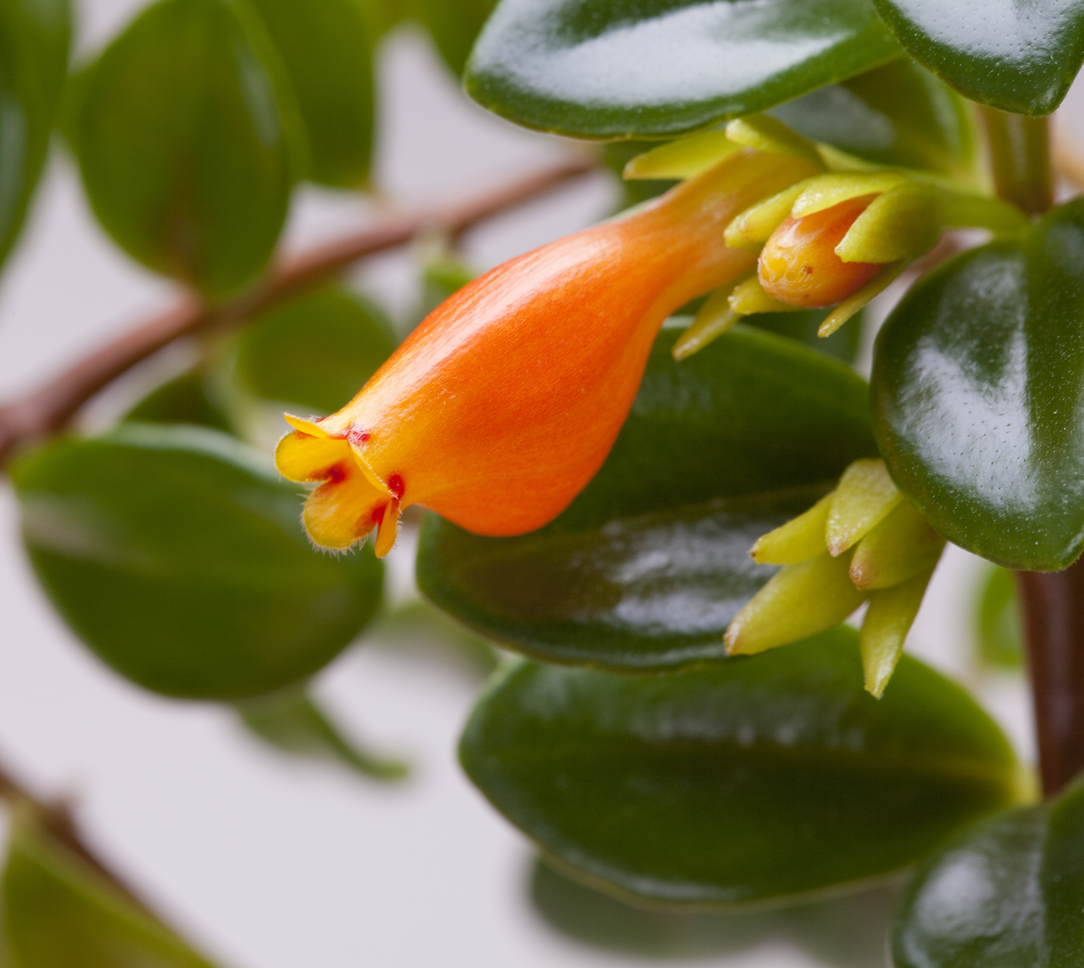
The goldfish plant gets its common name from its flowers that resemble small fish. Though the goldfish plant is sometimes labeled as beginner-friendly, Swim clear of these houseplants. This is only true if you can figure out and manage their care requirements. Goldfish plants need lots of humidity, water, bright indirect light, and kept at room temperature. Miss the mark, and this plant tends to get leggy growth, leaf drops, and no flowers.
13. Venus Flytrap (Dionaea muscipula)

A Venus flytrap is a fun novelty plant, but you must truly work to keep this carnivore alive. Many people pick up these plants on a whim, and within a few weeks they’re dead. Don’t be tempted to activate their traps, as this can harm the plant and shorten its life cycle.
Though they look like small monsters, Venus flytraps are total divas. They require bright, full sun for long periods of time, the soil needs to be nutrient- and mineral free, they like distilled water, and they must be kept at normal room temperature. Like people, Venus flytraps can become too stressed if under the wrong conditions, which is why many of them don’t make it.
RELATED: The 13 Creepiest Houseplants You’ve Ever Seen
14. Prayer Plant (Maranta leuconeura)
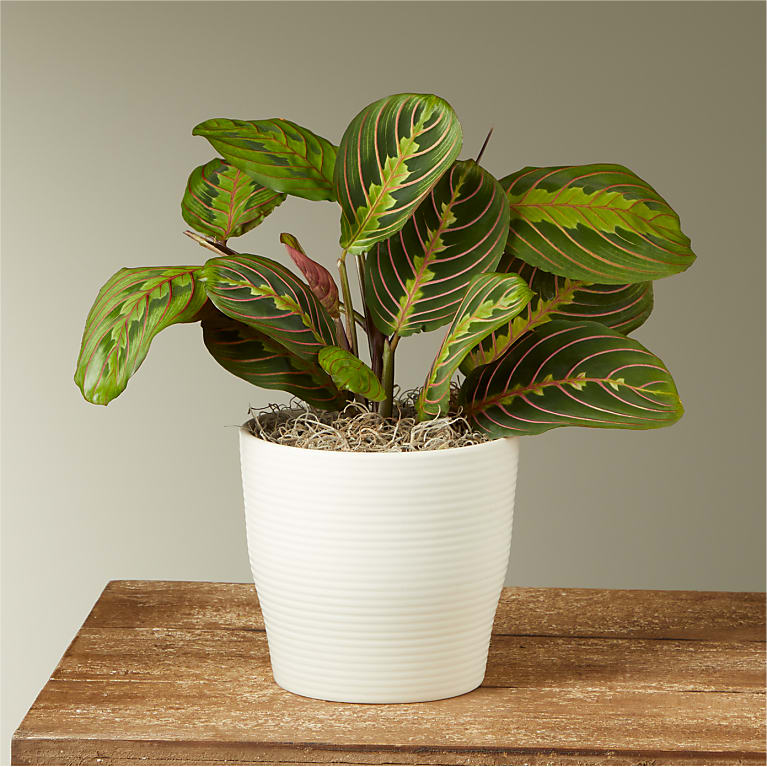
The leaves on a prayer plant can make or break its appearance, so it’s important to take care of them. When a prayer plant isn’t happy, the leaves will quickly reveal that you’re not meeting its needs. The leaves only open if they get moderate indirect light, as direct light is unhealthy for them.
Leaves tell gardeners a lot about the plant’s health: Too much light and the leaves turn brown; too much water and the leaves turn yellow. Plus, curling leaves can be a sign of either of these problems. Finding the correct middle ground for this plant is crucial for its survival, and its stunning aesthetic.
15. Stromanthe (Stromanthe sanguinea)
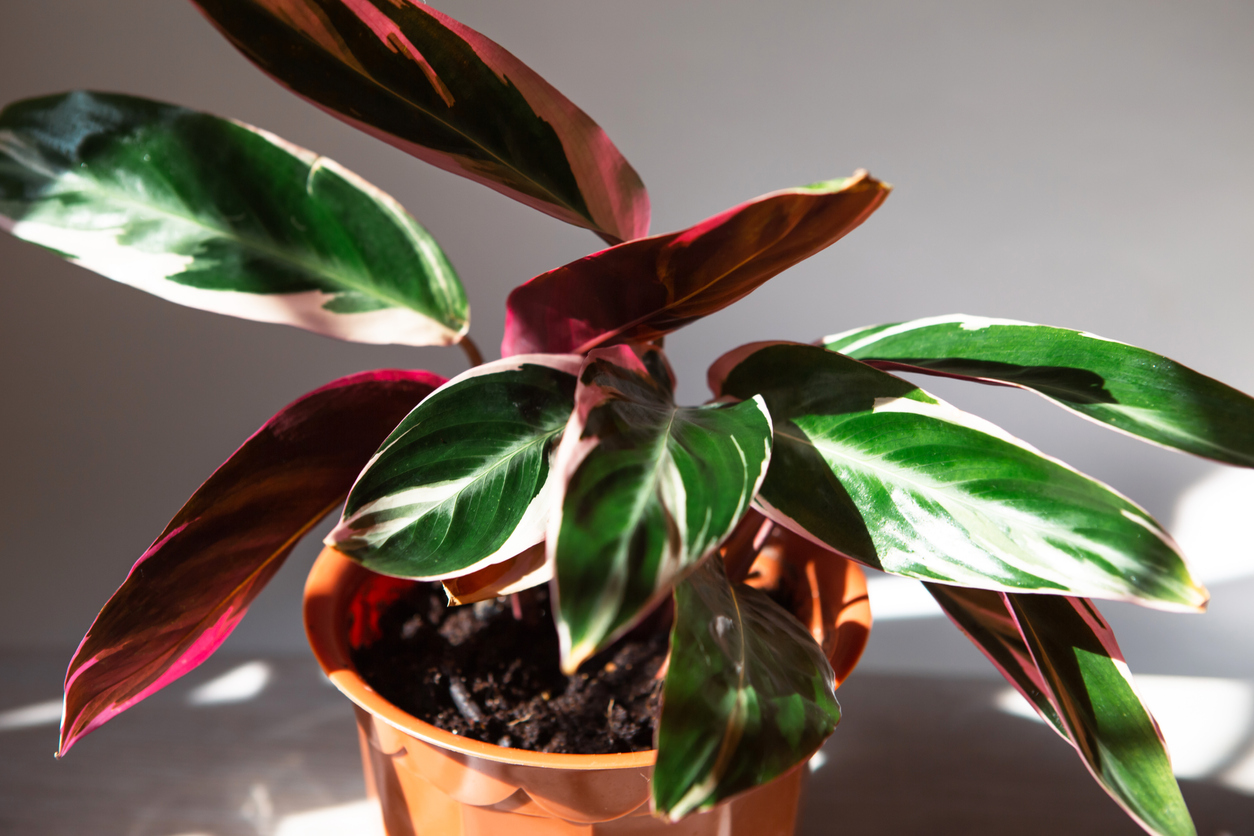
Love leafy, colorful plants? The stromanthe is a gorgeous houseplant that takes after its close relative, the prayer plant. The leaves on a stromanthe are a pleasing variation of pink and green coloring that almost makes up for the plant’s fussiness.
This houseplant has super specific needs, making it difficult for novice plant parents to give the stromanthe what it wants. A stromanthe needs bright indirect light, soil that’s kept moist, and high humidity that may be hard to achieve in a typical home.


